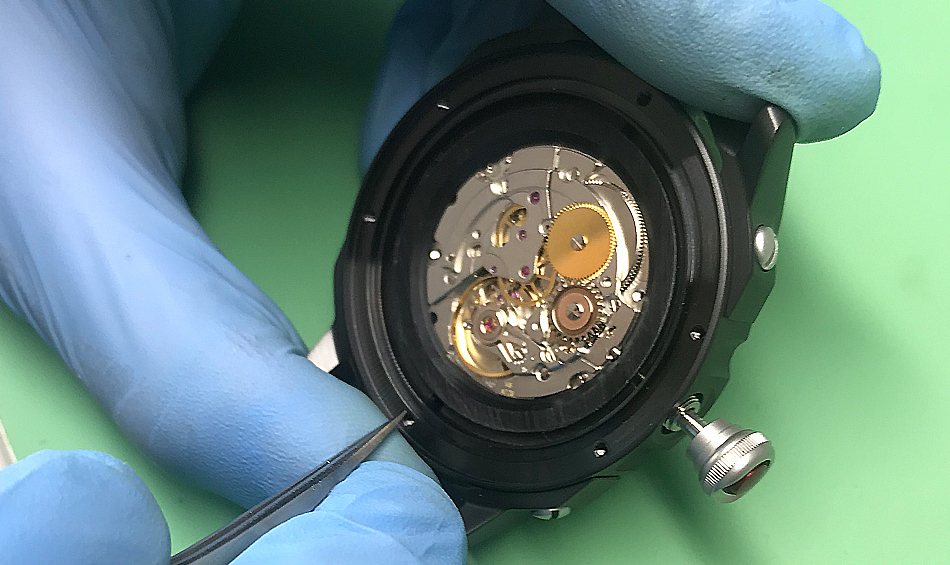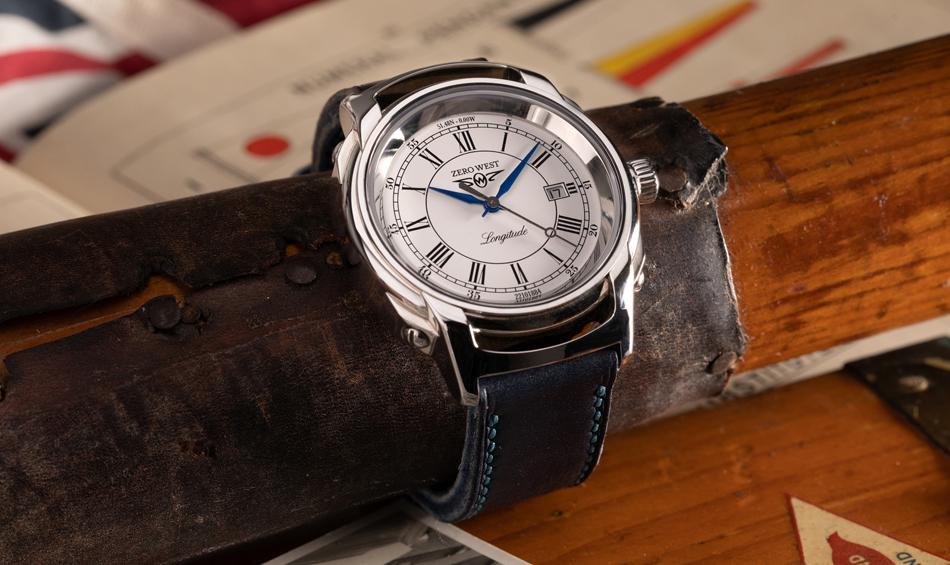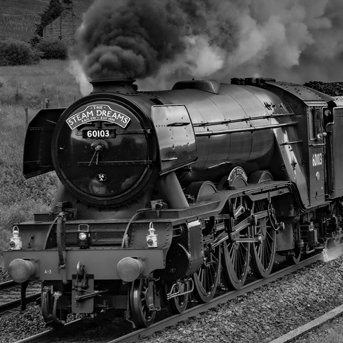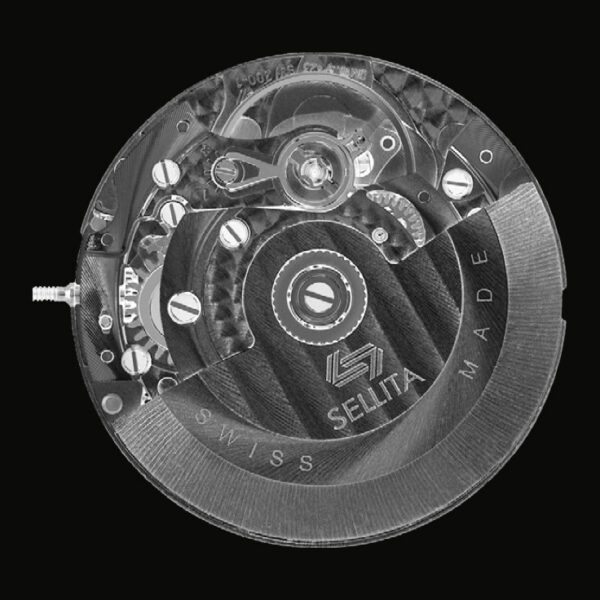The Science and Art of Time
A DEFINITION AND THE ORIGINS OF HOROLOGY
horology
hə-rŏl′ə-jē
noun
1) The science of measuring time.
2) The art of making timepieces.
3) A contrivance for measuring time; a timepiece.
This is the first of a number of blog pieces exploring Horology from it’s ancient beginnings to the complex art of movements.
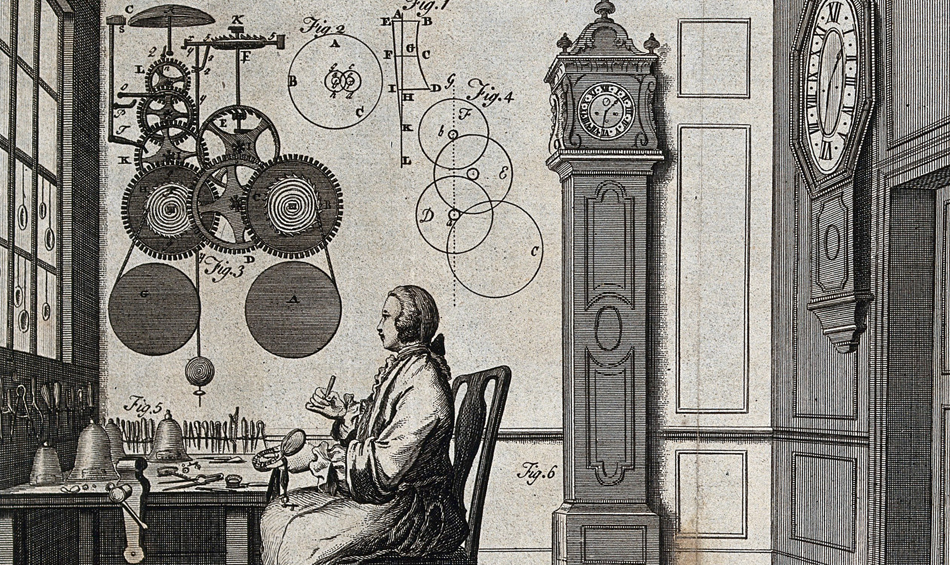
We love the fact that horology is defined in terms of both art and science. Engineered to be both useful and functional, designed to capture the attention, whether it is understated and classic or bold and distinct. Alongside our passion for the story in every Zero West watch, are the fundamentals of horology, the science and art of time. Engineered with premium components, our aim has always been to pair accurate and precise watch functionality hand-in-hand with a distinct case style and an artistic reflection of every watch story. This can be seen in our unique dual sculpted lugs and almost every component from dial, to hands to crown, as we fuse art, history and engineering together.
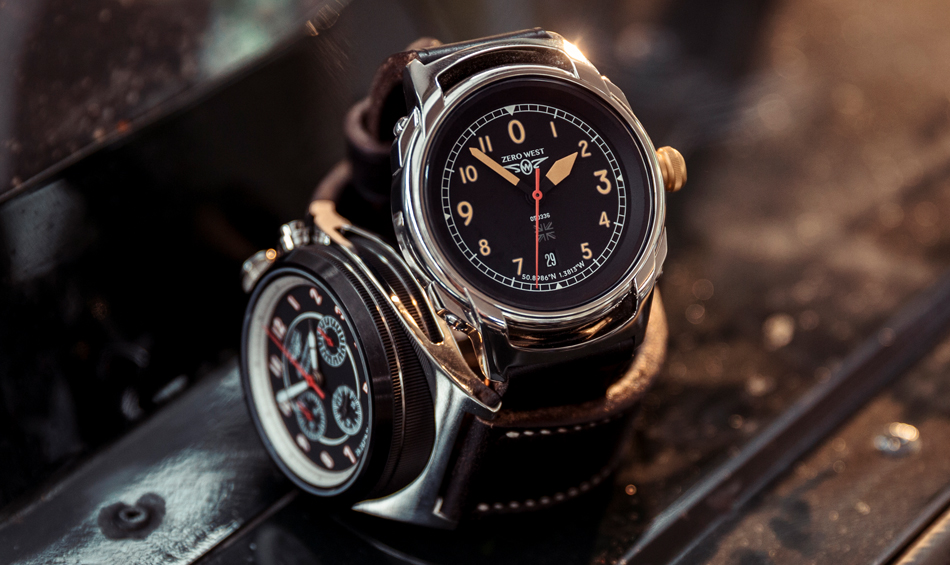
Sundials, Shadow Clocks and Early Measurement of Time
It is difficult to pinpoint exactly when the human race began to build devices to measure time but clearly the most basic is the sundial. An early example is the Egyptian shadow clock dating from 3500 BC that by the 8th century, had progressed to having six time divisions and an east-west crosspiece based on sunrise and sunset.
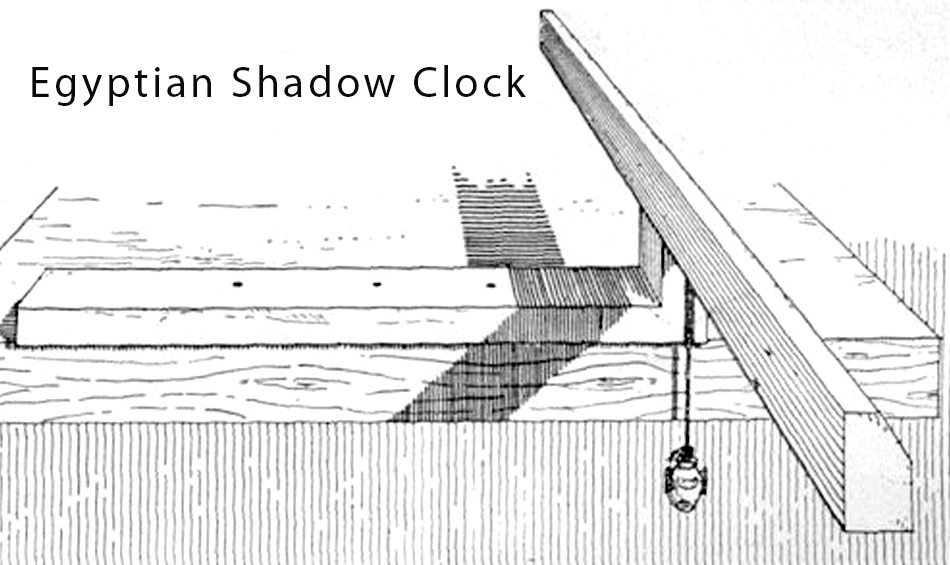
The ancient Greeks developed water clocks, clepsydra, that measured a regulated flow of water in and out of a vessel. This was 16th Century BC and were gradually seen in civilisations around the world, becoming the forerunner for mechanical devices. These early ‘clocks’ weren’t accurate but they were useful and were fitting for the period of history they resided in.
Galileo and the Origins of Accurate Time Keeping
The birth of the mechanical device is believed to have occurred in the 14th Century (AD). The discovery that the regular swing of a pendulum could accurately measure a single second based on the length of the pendulum and not the weight, was discovered in the late 16th Century by scientist and engineer, Galileo. It should be noted that artist and engineer, Leonardo Da Vinci, producing early drawings of a pendulum nearly 100 years earlier. Time keeping accuracy and the development of what we would recognise today as a mechanical movement, was literally put in motion by Galileo as he watched the wind blow a chandelier back and forth.
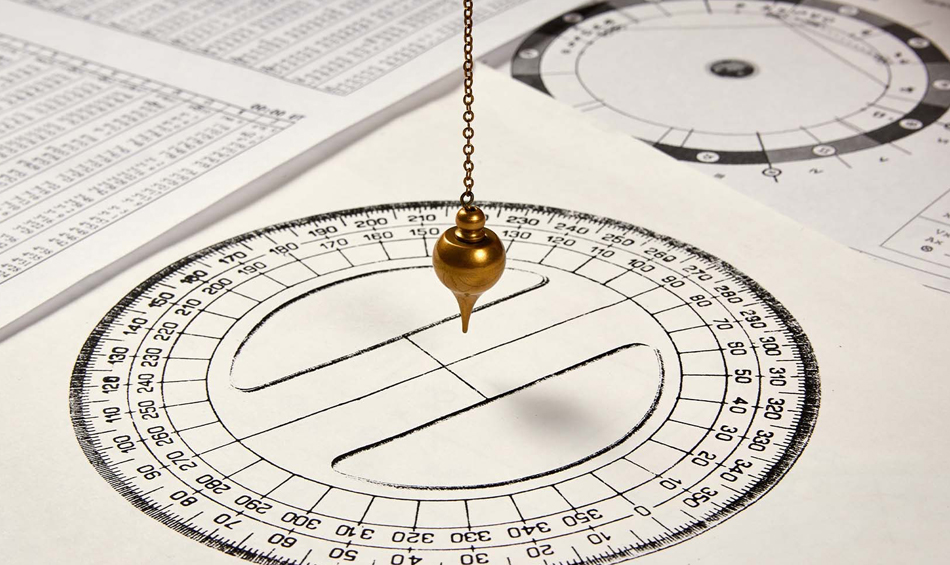
Atomic Clocks
Seasons, lunar months, the length of days. Whether for necessity or human nature it has been in our DNA to measure time increasingly accurately as the years have progressed. Even now the accuracy of time remains a source of scientific and technological interest with the advancement of atomic clocks. These are highly accurate and based on the radioactive atom, Caesium, and the number of oscillations of light as the atom switches between different states. Mind bogglingly this can be measured as 9 192 631 770 oscillations per second!
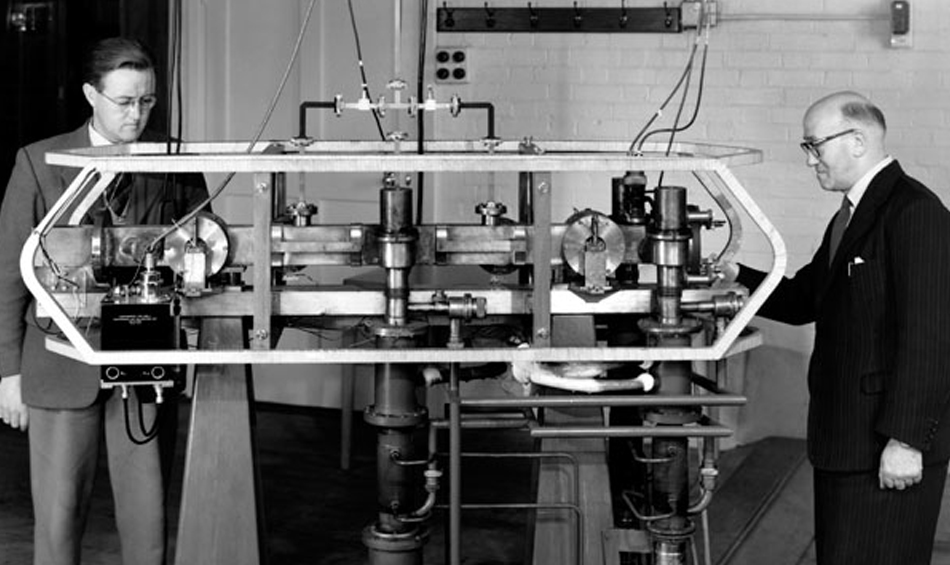
A Contrivance for Measuring Time
You could argue that for us as everyday watch owners, or even the more avid luxury watch collectors among us, don’t need to know that. But we do want accuracy. We do want to know that what sits below the dial has got what it takes. And then some. That is why we chose the top premium grade Sellita SW200-1 – a Swiss automatic movement that is reliable, robust and versatile, from a company whose horological pedigree date back to the 1950s. As British watchmakers why would we settle for anything less.
A contrivance for measuring time, the final definition of horology, is essentially a plan for a mechanical device. Our plan and vison at Zero West has never been secret:
To create iconic limited edition timepieces which are innovative, robust and classically engineered, and celebrate great moments in history.
For us this is the art of making timepieces. We have always achieved this by combining period typography and styling, with a tough military specification and devoting unlimited attention to detail. From the outset this has been about bringing together in-house bespoke design with the very best of British and European engineering with a focus on uniting top quality Swiss movements with clearly defined, attractive dials and distinctively sculpted, instrument made cases.
Why not make an appointment to visit our studio and see where we are taking British Horology next. Find out what makes us tick.
References:
- ‘Science’, National Geographic, accessed June 24, 2023, https://www.nationalgeographic.co.uk/science-and-technology/2021/06/extremely-accurate-time-is-increasingly-critical-this-place-is-in-charge-of-it
- ‘How Measuring Time Shaped History’, com, accessed June 24, 2023, https://www.scientificamerican.com/article/how-measuring-time-shaped-history/
- ‘A Brief History of Timekeeping’, NewScientist, June 24, 2023, https://www.newscientist.com/article/mg25333710-500-a-brief-history-of-timekeeping-a-new-book-explores-how-we-mark-time/
- https://benbellabooks.com/shop/a-brief-history-of-timekeeping/
